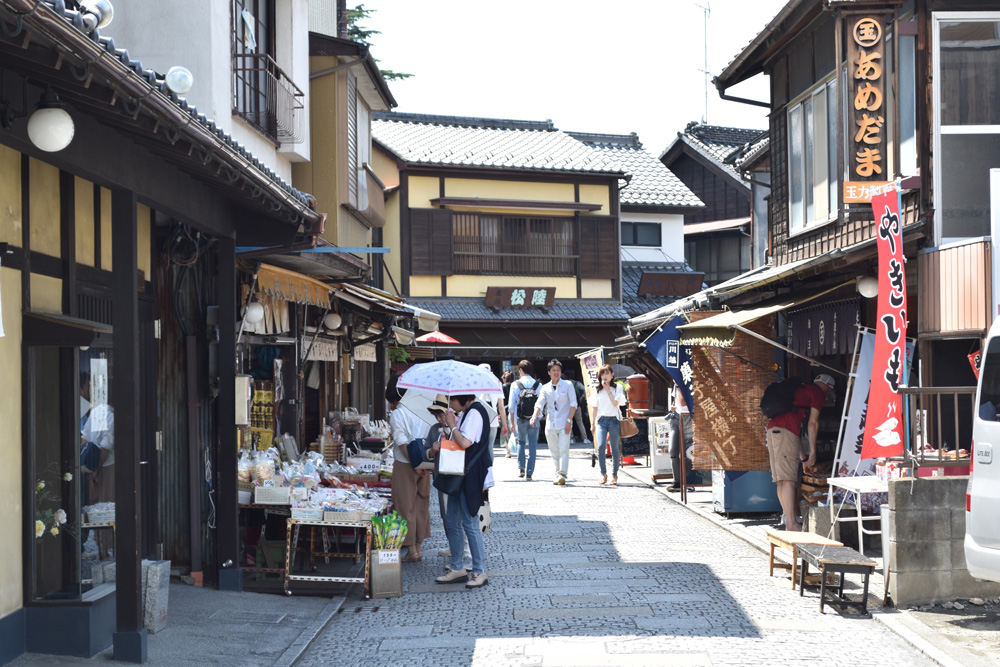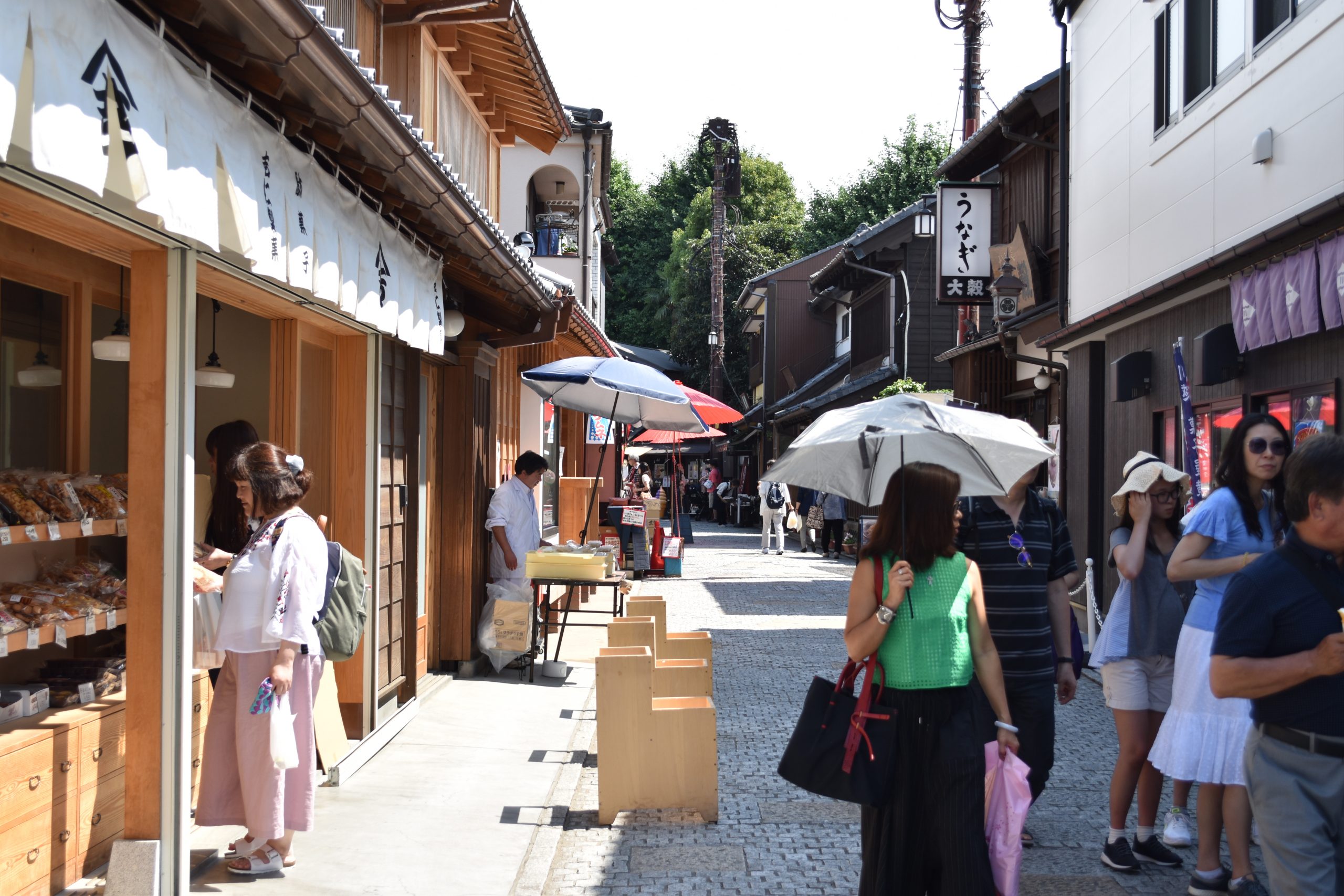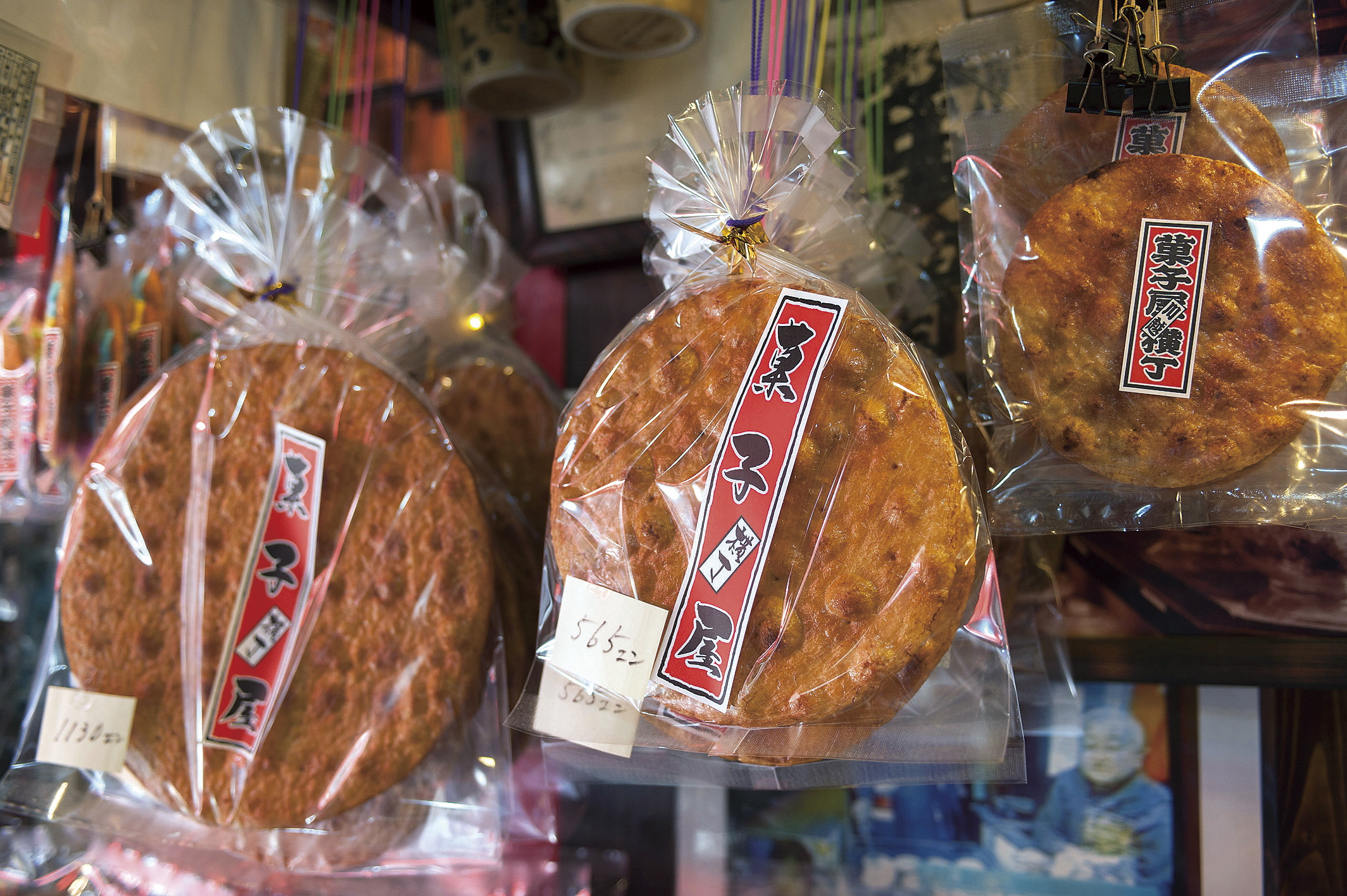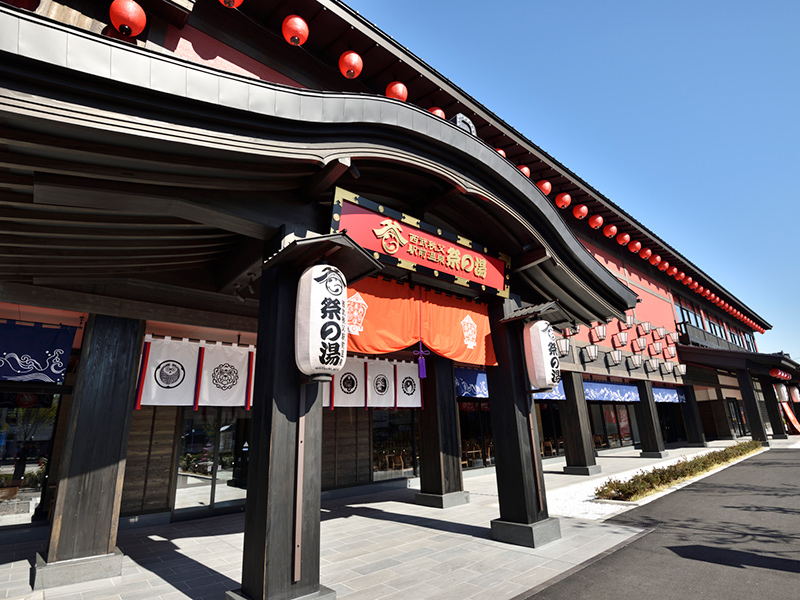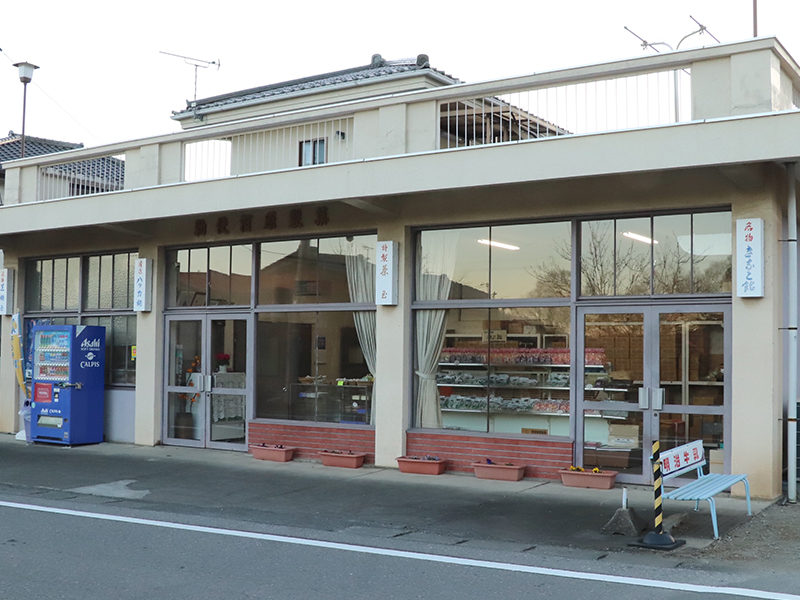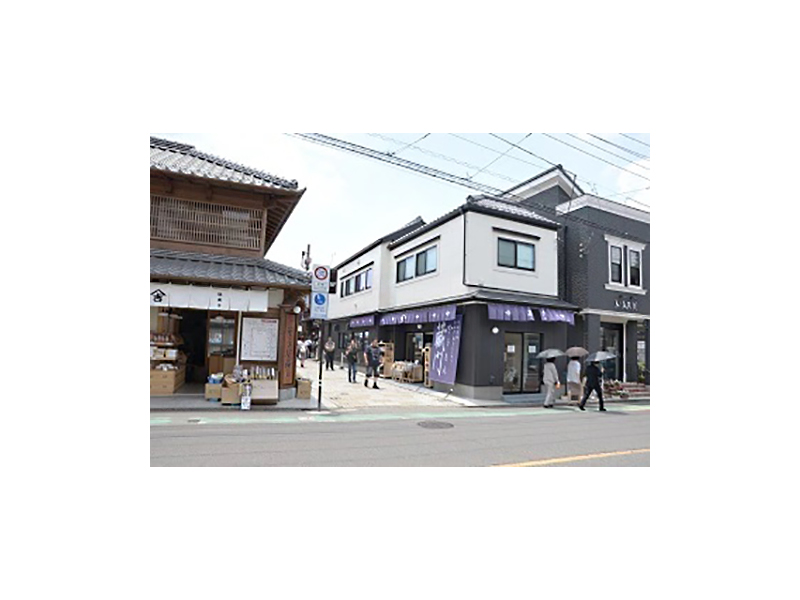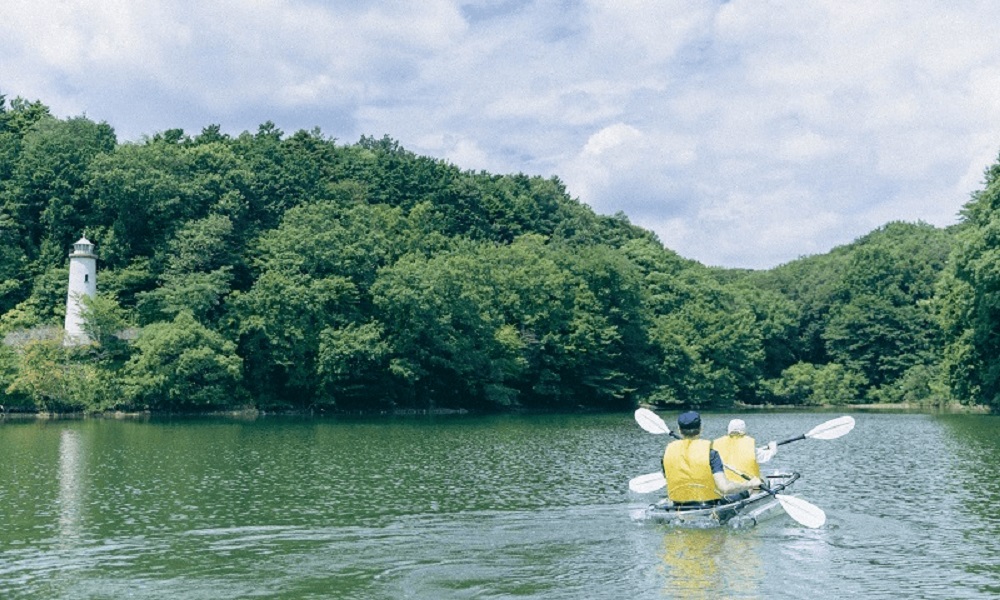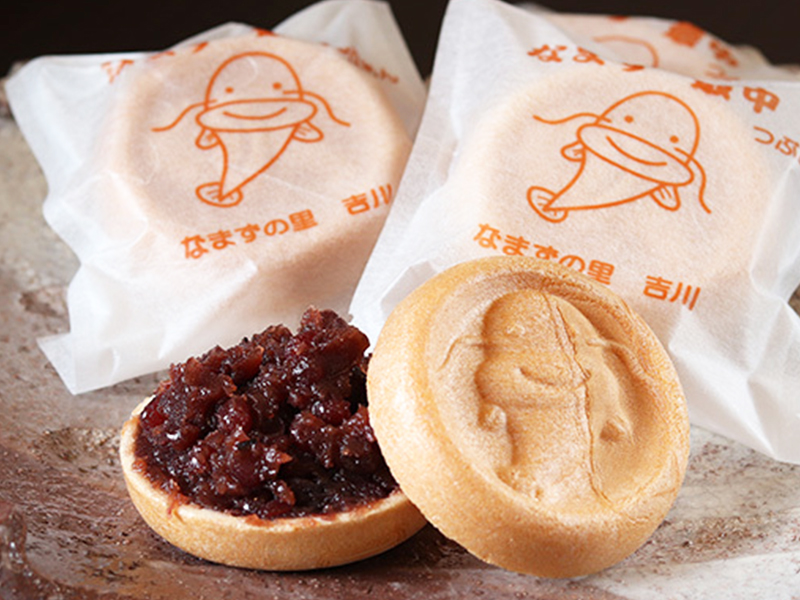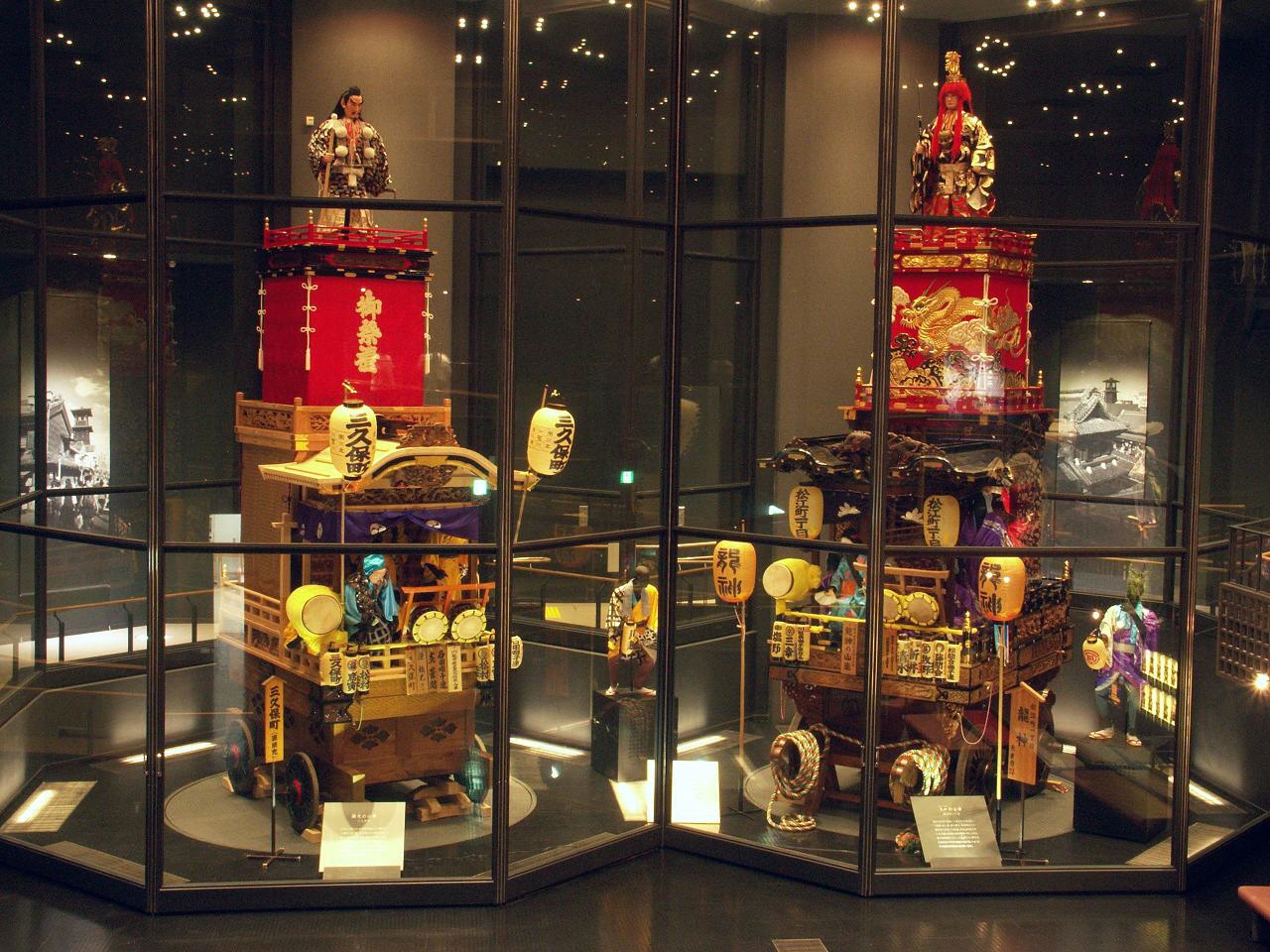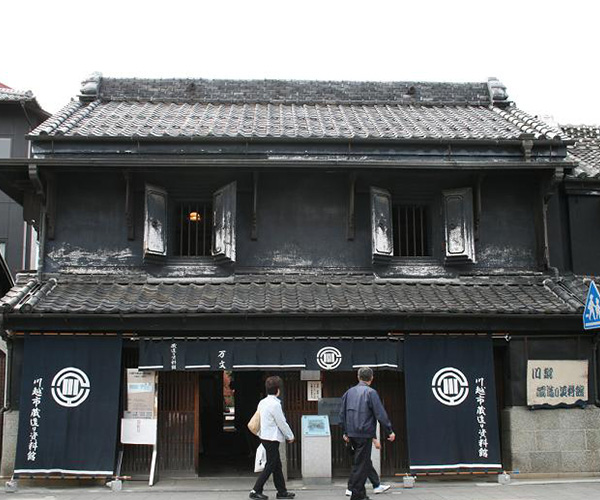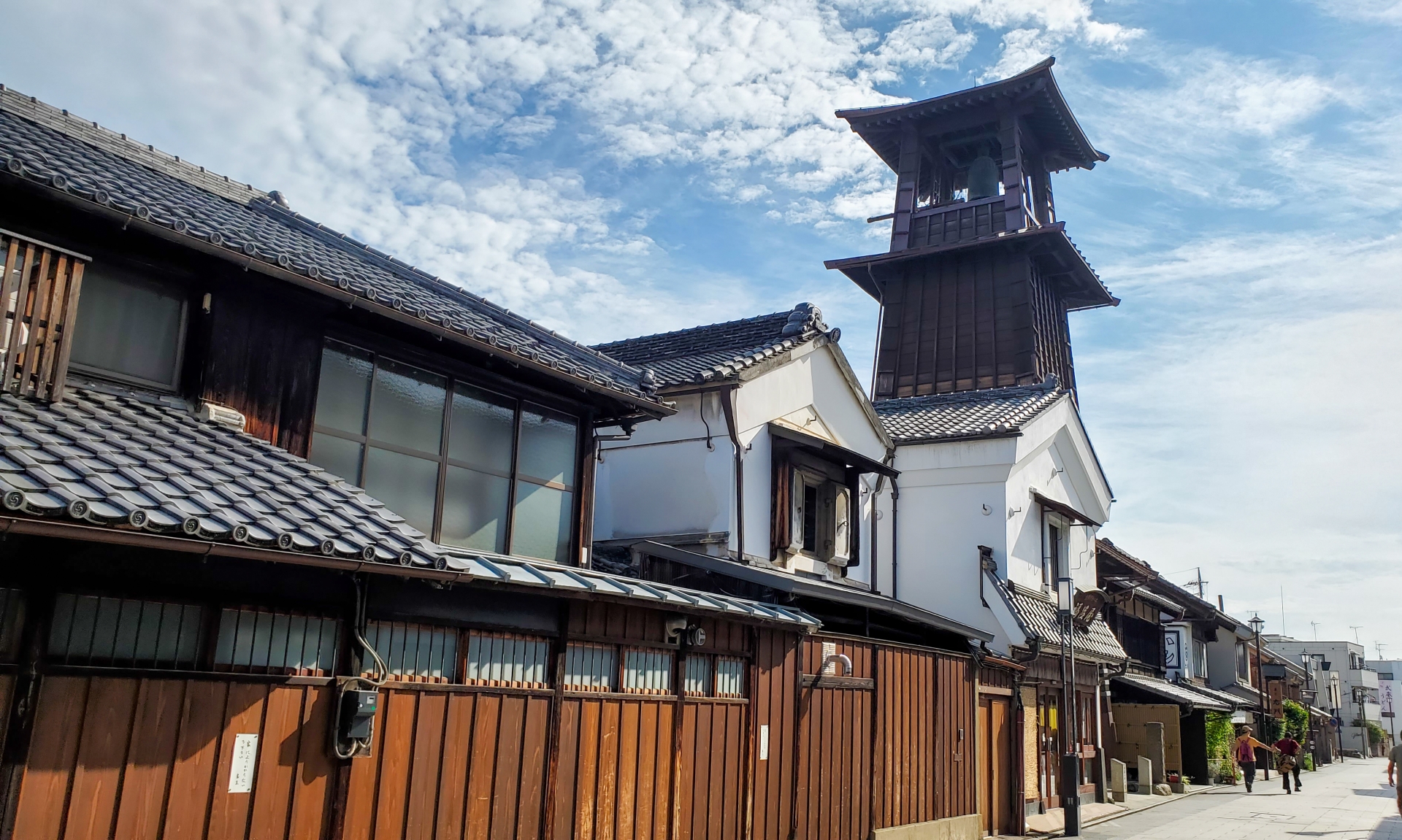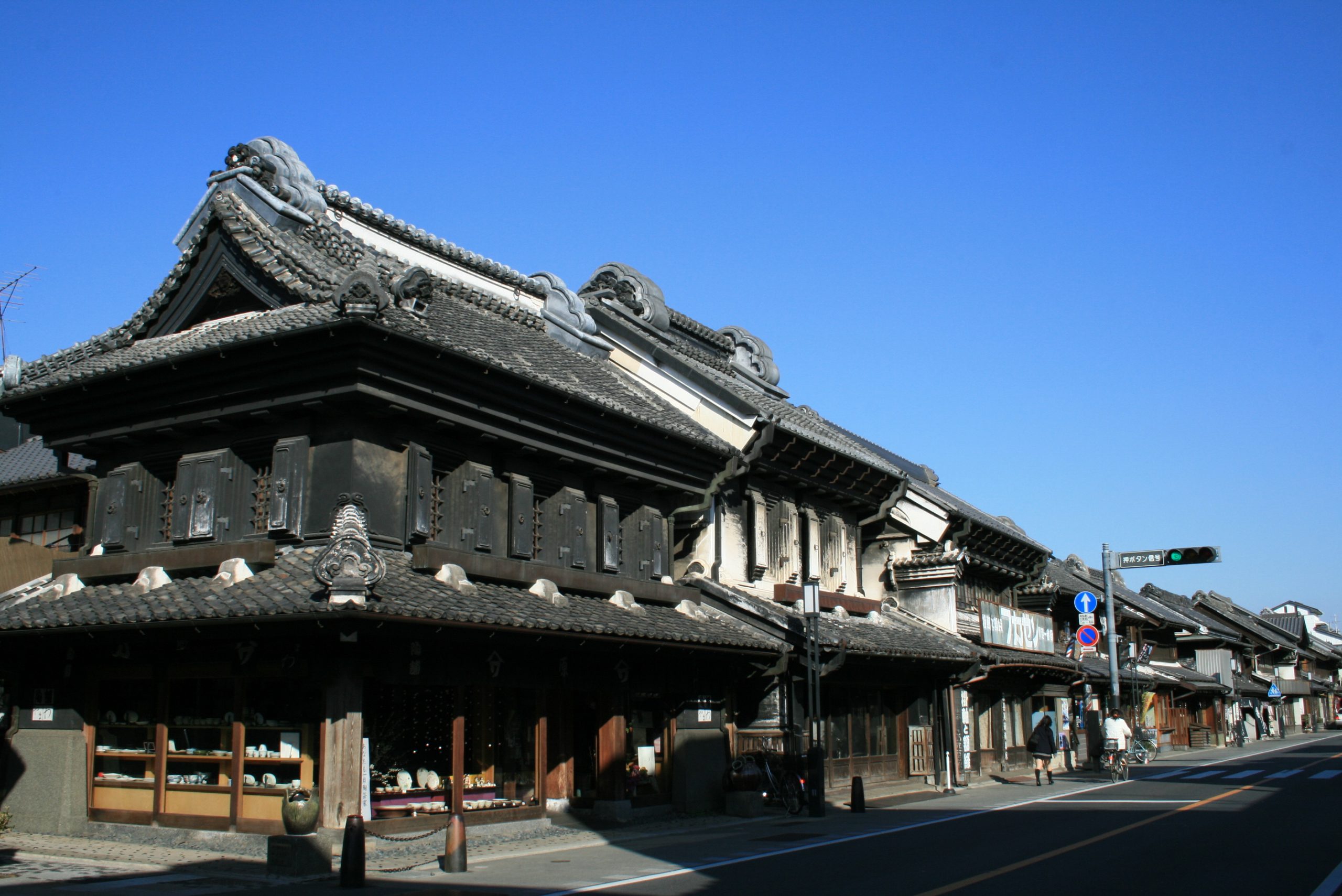Kashiya Yokocho
sightseeing
Many small, old-time candy stores line the Kashiya Yokochō (confectionery alley). 70 houses existed in the beginning of the Shōwa era, where they produced a variety of sweets to be sold wholesale. As of now, there are about 20 houses left that still produce and sell cheap sweets, such as mint candy and the Kintaro candy, which are nostalgic for both adults and children alike. Kashiya Yokocho was also selected as one of “The 100 Best Scented Sceneries” by the Ministry of the Environment.
Basic Information
Location
Kawagoe Motomachi 2 Chome
TEL
049-222-5566 (Kawagoe-City Station Tourist Information Office)
FAX
049-222-5051(Kawagoe-City Station Tourist Information Office)
Business hours / Fee
Regular holiday
Regular holidays will differ depending on the store.
Fee
None
How to get there
Public transport
・Get off at “Kawagoe Station” of JR・Tobu Tojo Line and at the bus stop “Kashiya Yokocho” and you will reach your destination shortly.
・Get off at “Honkawagoe Station” of the Seibu Shinjuku Line and walk for about 15 minutes.
・Get off at “Honkawagoe Station” of the Seibu Shinjuku Line and walk for about 15 minutes.
Car
About 20 minutes from "Kawagoe" Interchange of Kan-Etsu Expressway
Parking
Free Parking Available

